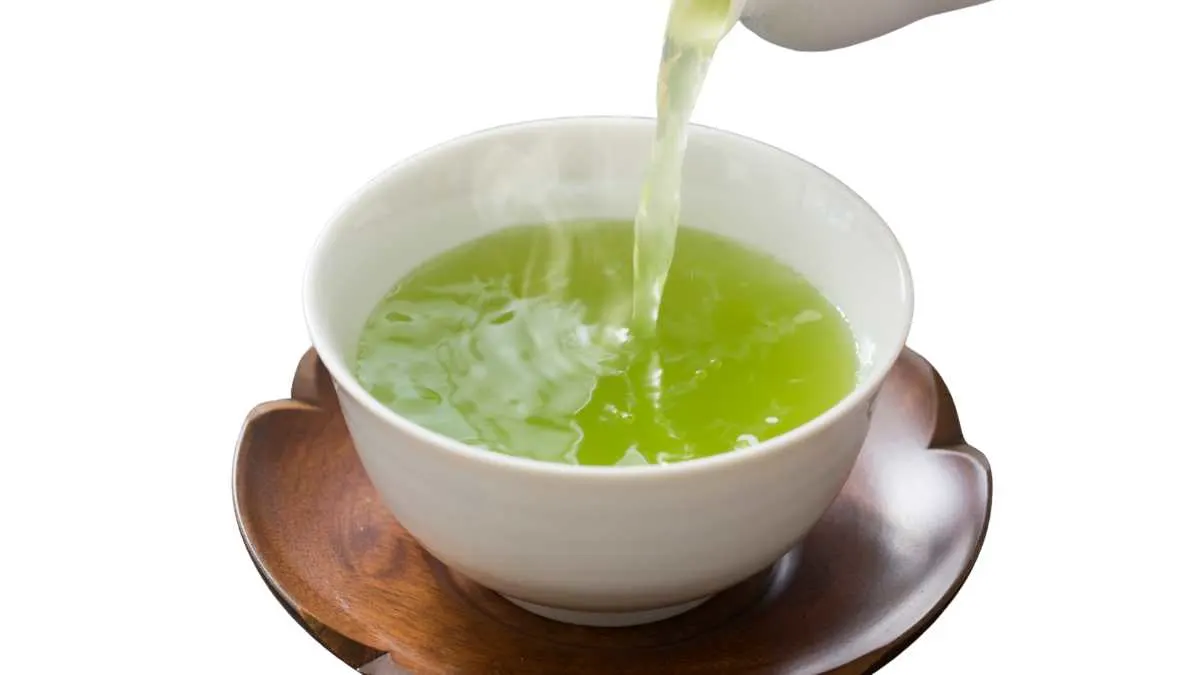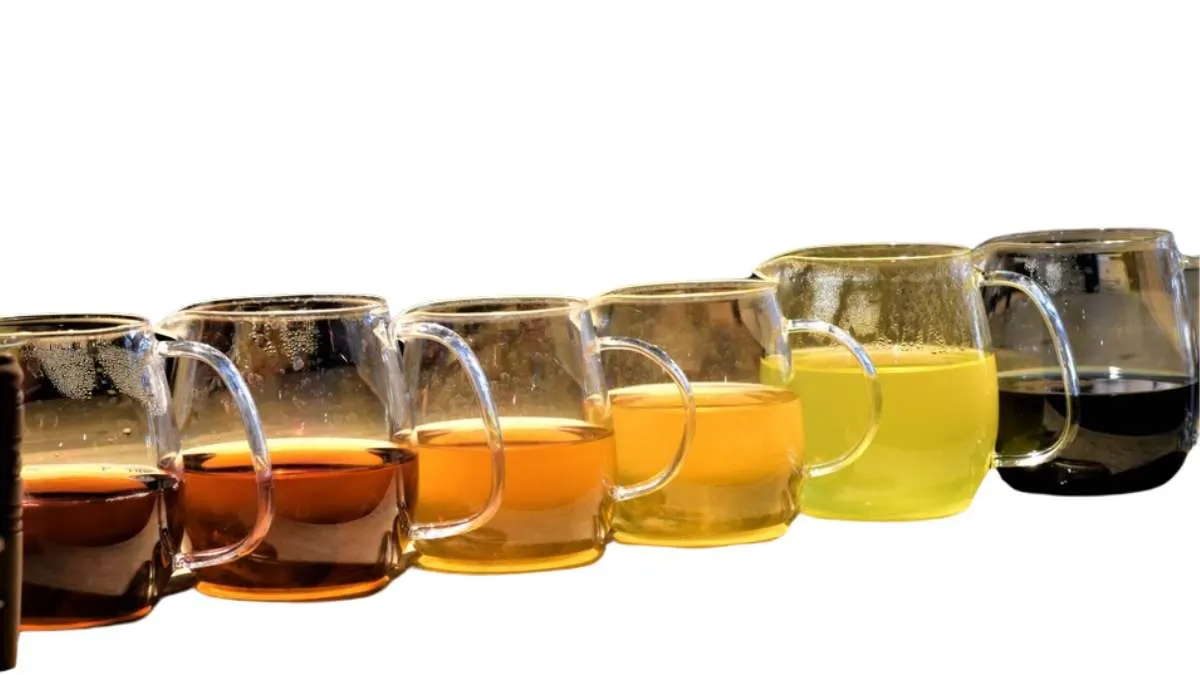Tea is one of the most consumed beverages in the world, cherished for its soothing qualities, rich history, and vast variety.
From the classic black tea to herbal infusions and everything in between, the world of tea offers something for everyone.
With so many different types of tea available, it can be a bit overwhelming to navigate the many options. That’s why we’ve put together this comprehensive guide to the different types of tea, so you can explore and discover your new favorite brew.
In this article, we will explore the Different Types Of Tea, including the most popular ones like black tea, green tea, and herbal teas, and explain their unique flavors, health benefits, and brewing methods. need to know.
What Are the Different Types of Tea?
The first thing to understand about tea is that all true teas come from the same plant: Camellia sinensis. The differences in tea types are mainly due to how the leaves are processed after harvest.
The tea plant’s leaves undergo various stages, including oxidation, drying, and sometimes fermentation, to produce different types of tea. The way the leaves are treated and processed influences the flavor, aroma, and even the health benefits of the final brew.
Below are the most common types of tea, categorized based on how they are processed:
1. Black Tea
Black tea is one of the most popular and widely consumed types of tea globally. Known for its strong flavor and higher caffeine content, black tea is fully oxidized, which gives it its dark color and bold taste. The oxidation process helps release the rich flavors in the tea leaves, which is why black tea has such a robust flavor profile compared to lighter teas.
Popular Varieties:
-
Assam: A strong, malty tea from India, often used in breakfast blends like English Breakfast.
-
Darjeeling: Known as the “Champagne of teas,” Darjeeling offers a delicate, floral flavor, with notes of muscatel.
-
Ceylon: A bright, brisk tea from Sri Lanka with a citrusy flavor.
Health Benefits:
Black tea is rich in antioxidants called polyphenols, which may help improve heart health by reducing the risk of heart disease and lowering cholesterol levels. It also has caffeine, which can boost alertness and energy levels.
2. Green Tea

Green tea is another popular tea that is minimally processed. The leaves are quickly steamed or pan-fried to prevent oxidation, allowing the tea to retain its green color and light, fresh flavor. Because it’s less processed, green tea contains more antioxidants and is considered to be a healthier option compared to other types of tea.
Popular Varieties:
-
Matcha: A powdered green tea that is ground from the finest leaves, offering a more concentrated flavor and higher caffeine content.
-
Sencha: A traditional Japanese green tea that is light and grassy in flavor.
-
Longjing: Known as Dragon Well tea, this Chinese green tea is nutty, sweet, and very smooth.
Health Benefits:
Green tea is loaded with antioxidants, particularly catechins, which are believed to aid in weight loss, improve brain function, and reduce the risk of chronic diseases such as cancer and diabetes. It’s also known for its calming effects due to the presence of L-theanine.
3. Oolong Tea
Oolong tea is a partially oxidized tea, meaning it falls somewhere between black and green tea in terms of oxidation. The leaves are allowed to oxidize for a shorter period than black tea, giving it a more complex flavor profile. Oolong tea combines the lightness of green tea with the richness of black tea, offering a balanced, aromatic flavor.
Popular Varieties:
-
Tie Guan Yin: A famous Chinese oolong with a floral aroma and a creamy texture.
-
Milk Oolong: Known for its rich, creamy texture and sweet, milky flavor.
-
Wuyi Rock Tea: A dark oolong with mineral-rich flavors, often described as having a roasted, earthy taste.
Health Benefits:
Oolong tea can help with weight management by boosting metabolism. Like green tea, it is rich in antioxidants and polyphenols, which promote good heart health and improve digestion.
Read Next: Why Moringa Tea Is the Next Big Thing
4. White Tea
White tea is the least processed of all the true teas. The leaves are simply plucked and dried, without any oxidation or rolling, which helps preserve their delicate flavor and high levels of antioxidants. White tea has a light, subtle flavor and is often described as sweet and floral.
Popular Varieties:
-
Silver Needle: Made from the young, tender buds of the tea plant, Silver Needle has a delicate, sweet taste.
-
White Peony: A slightly stronger white tea with a mellow, fruity flavor.
Health Benefits:
White tea contains the highest concentration of antioxidants among all types of tea, which may help protect the skin and reduce the signs of aging. It is also associated with improved heart health and can support the immune system.
5. Herbal Tea
Unlike the true teas (black, green, oolong, and white), herbal tea is not technically a “tea” at all. Instead, herbal teas are made from dried flowers, fruits, herbs, or spices. These teas are naturally caffeine-free and can be enjoyed at any time of day.
Popular Varieties
-
Chamomile: Known for its calming properties, chamomile is often used as a bedtime tea.
-
Peppermint: A refreshing and cooling tea that is often used to aid digestion.
-
Rooibos: A caffeine-free herbal tea from South Africa with a slightly sweet, earthy flavor.
Health Benefits
Herbal teas offer a variety of health benefits depending on the herbs used. For example, chamomile can help reduce stress and improve sleep, peppermint can soothe an upset stomach, and rooibos is rich in antioxidants and may help support the immune system.
6. Pu-erh Tea
Pu-erh tea is a fermented tea that undergoes a unique aging process. After the tea leaves are harvested, they are fermented and pressed into cakes or bricks. Pu-erh tea has a distinct, earthy flavor and is often described as being smooth and mellow.
Popular Varieties
-
Sheng (Raw): A young, unripe pu-erh that is light and somewhat astringent.
-
Shou (Ripe): A more mature, fermented pu-erh that is rich, smooth, and mellow.
Health Benefits
Pu-erh tea is known for its ability to aid in digestion and promote healthy cholesterol levels. It also contains polyphenols that have antioxidant properties and may help with weight management.
How to Brew the Perfect Cup of Tea:
Regardless of the type of tea you choose, brewing the perfect cup is key to unlocking its full flavor potential. Here’s a general guide for brewing different types of tea:
-
Black Tea: Steep for 3-5 minutes at 200°F-212°F (93°C-100°C).
-
Green Tea: Steep for 2-3 minutes at 160°F-180°F (71°C-82°C).
-
Oolong Tea: Steep for 3-5 minutes at 190°F-200°F (88°C-93°C).
-
White Tea: Steep for 4-5 minutes at 160°F-170°F (71°C-77°C).
-
Herbal Tea: Steep for 5-7 minutes at 200°F-212°F (93°C-100°C).
-
Pu-erh Tea: Steep for 3-5 minutes at 200°F-212°F (93°C-100°C).
Last Words: Which Type of Tea is Right for You?
- With so many different types of tea available, the right choice ultimately depends on your taste preferences and health goals.
- Whether you’re seeking a bold, energizing brew like black tea, a calming cup of chamomile, or a refreshing green tea, there’s a tea out there for everyone.
Call to Action: Explore the World of Tea Today!
Ready to start your tea journey? Whether you’re a seasoned tea lover or just beginning to explore different types of tea, there’s no better time than now to experiment with new flavors and find your perfect brew. Visit your local tea shop, or explore online stores for high-quality loose leaf or bagged teas that will elevate your tea-drinking experience.
FAQs:
Q1: What is the healthiest type of tea?
Green tea is often considered the healthiest type of tea due to its high levels of antioxidants, which may help with weight loss, improve brain function, and reduce the risk of chronic diseases.
Q2: Does tea have caffeine?
Yes, most true teas like black, green, oolong, and pu-erh tea contain caffeine, but herbal teas are naturally caffeine-free.
Q3: Can tea help with weight loss?
Yes, certain types of tea, such as green tea and oolong tea, may help boost metabolism and promote fat burning, making them great choices for weight management.
Q4: How much tea should I drink daily?
It’s generally safe to consume 3-5 cups of tea per day. However, be mindful of your caffeine intake and avoid drinking too much tea close to bedtime.
Q5: Can I drink herbal tea before bed?
Yes, herbal teas like chamomile and valerian root are often consumed before bedtime for their calming and sleep-promoting effects.

